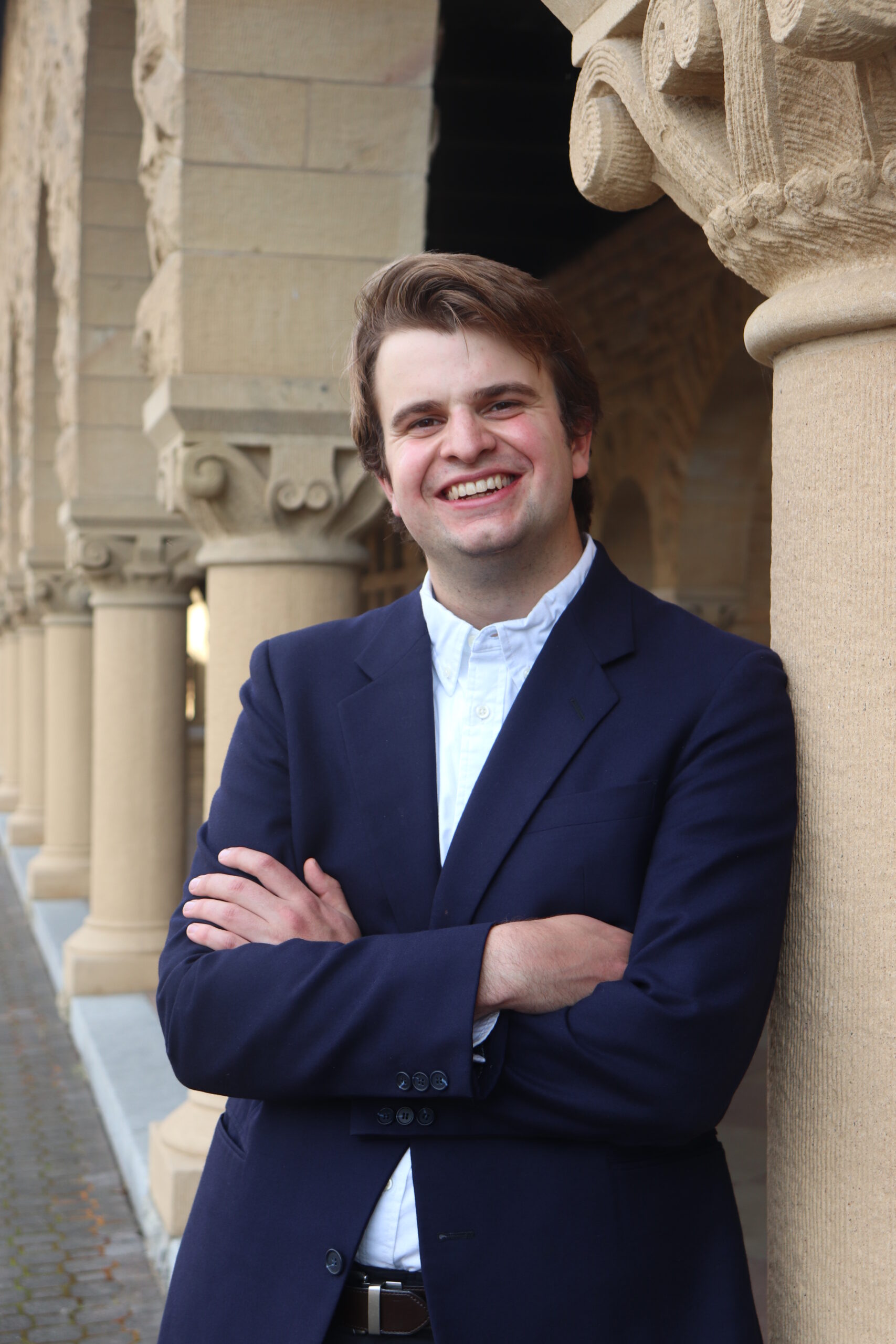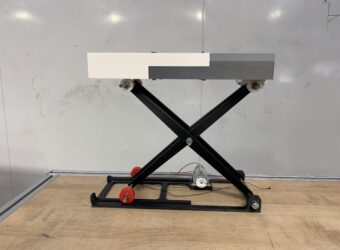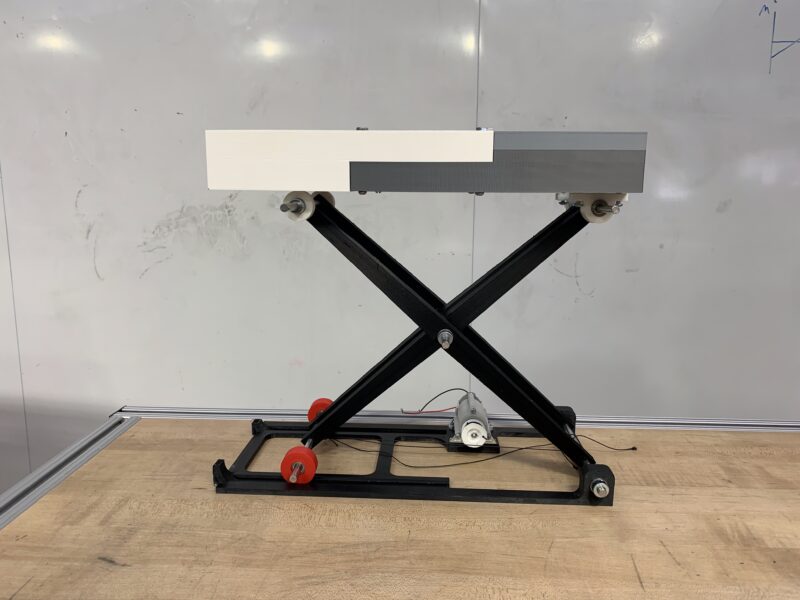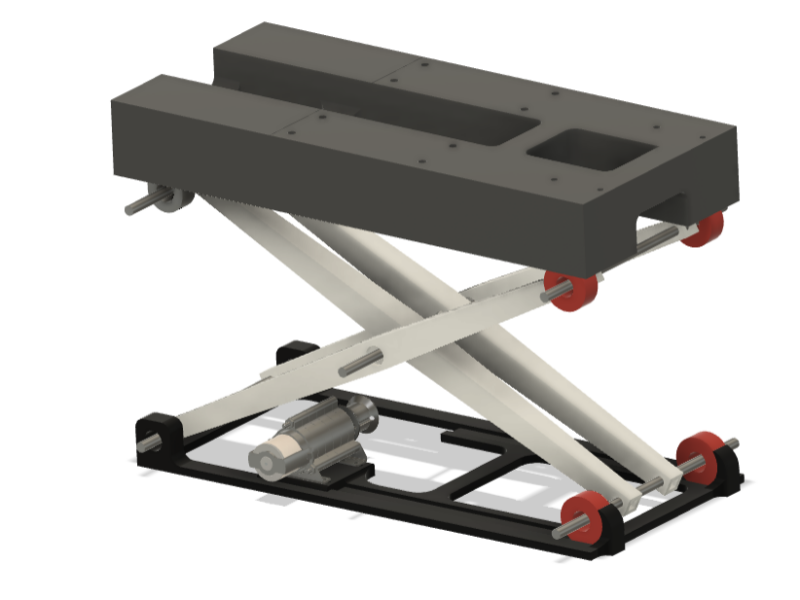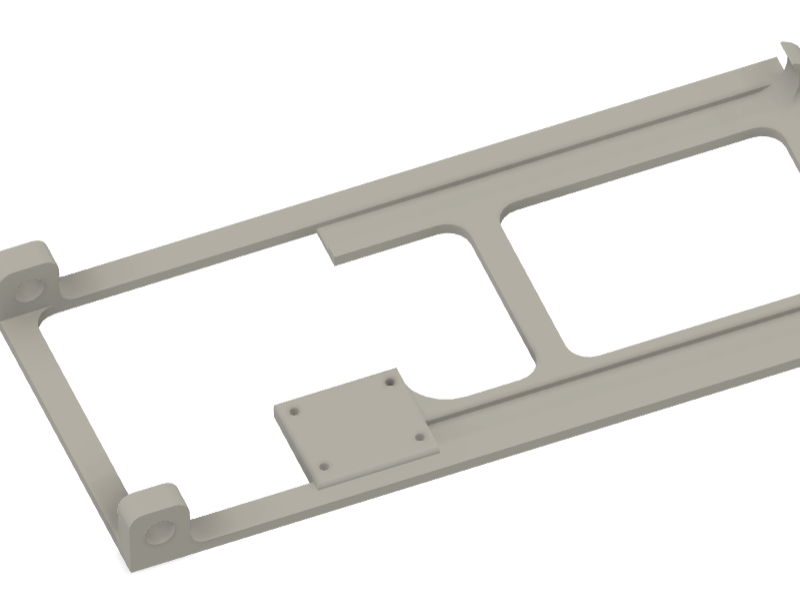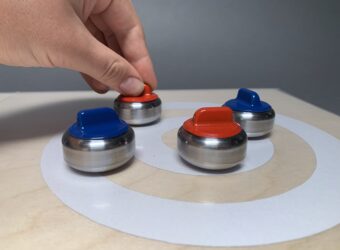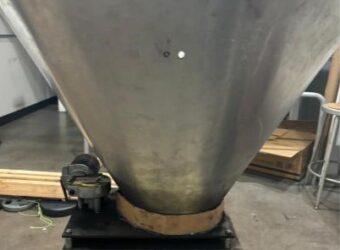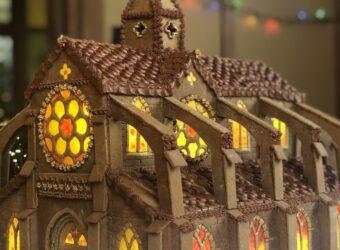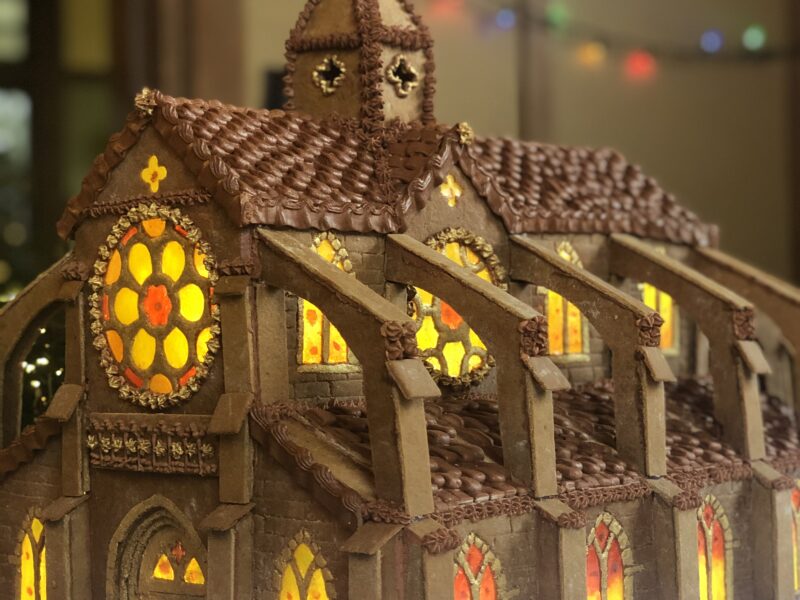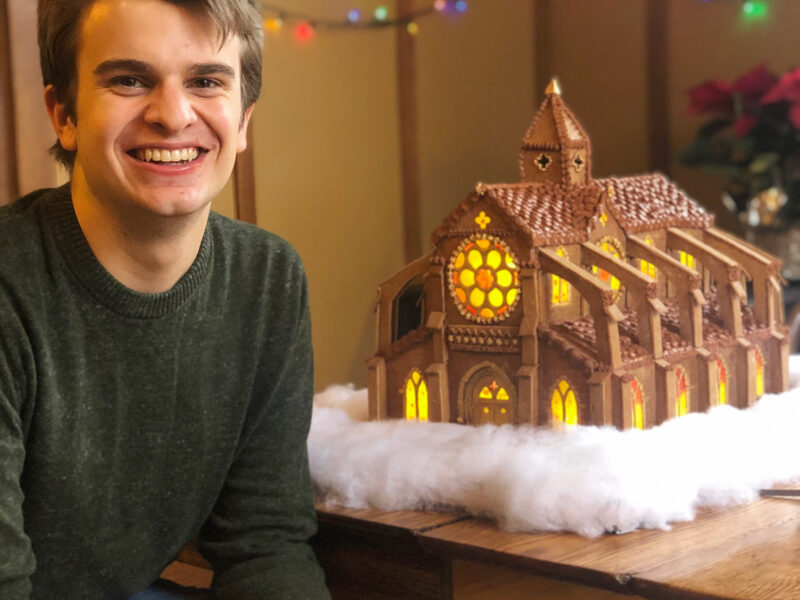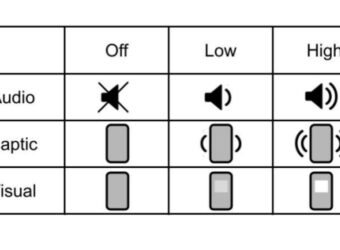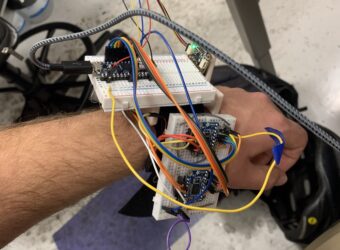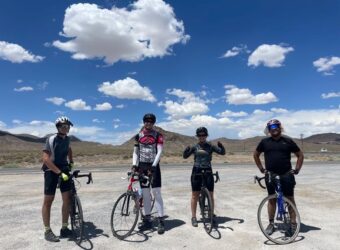Projects
Mass-Optimized Scissor Lift
For ME104, I worked in a team to create a mass-optimized and efficient scissor lift. We conducted a variety of calculations to ensure our design was as optimized as possible. I enjoyed using my additive manufacturing knowledge to create hollow beams without internal supports. In the end, our design successfully raised 15 lbs 6 inches in 5 seconds.
- Processes Additive Manufacturing
Image 1: Photo of our final assembly
Image 2: CAD of our final assembly
Image 3: The mass-optimized beam I helped design
Image 4: A cross section of the mass-optimized beam
Image 5: The mass-optimized base I designed
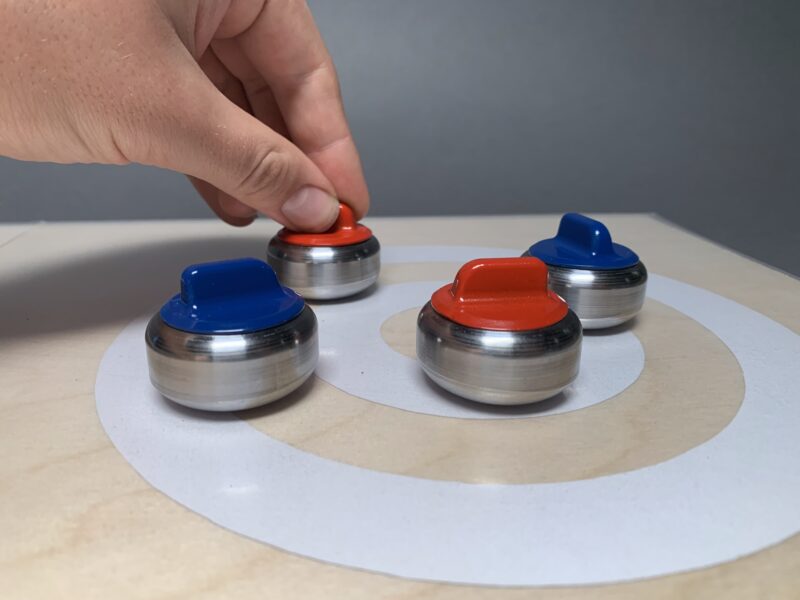
Mini Curling
Growing up in Wisconsin, I played curling in high school. I miss the sport, and wish I could play it and share it with those around me. So, I decided to make a mini curling set. Throughout this project, I thought carefully about manufacturability and tolerances in mechanical interfaces.
- Processes CNC Milling, Powder Coating
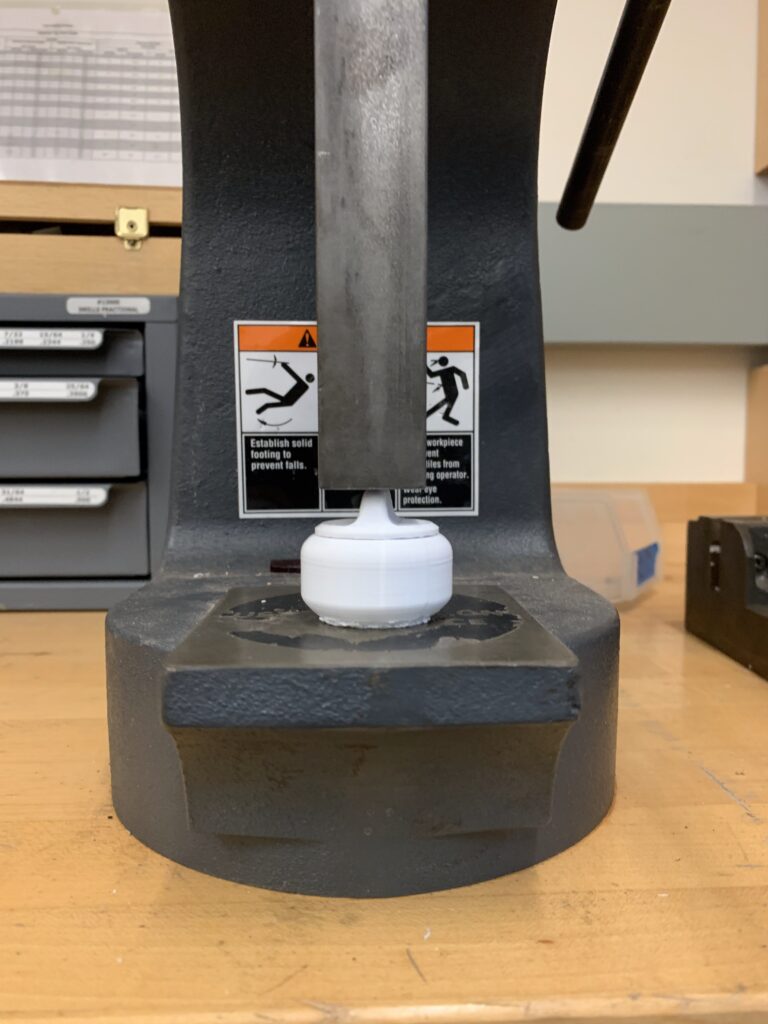

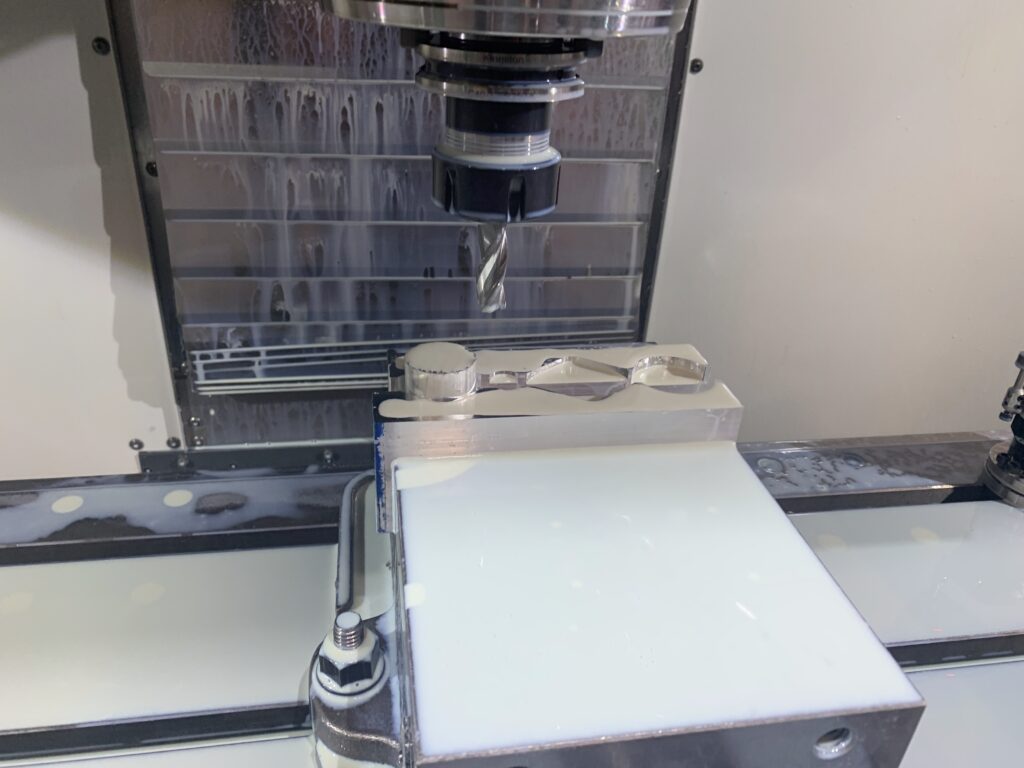
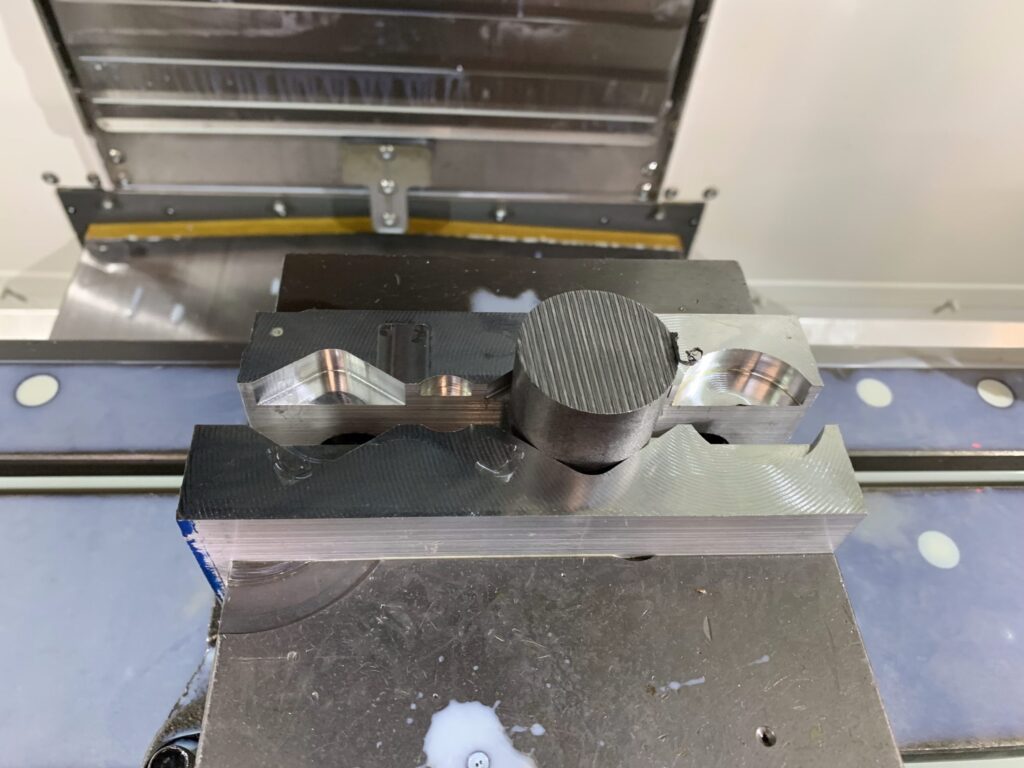
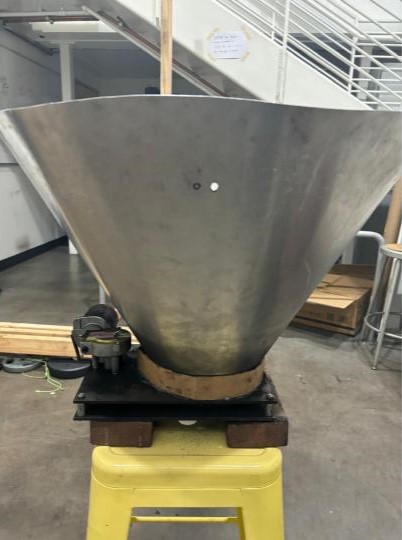
Automatic Coal Feeder
A feeding mechanism to reduce dangerous pollution from excess coal burning.
- Date September 2023 - May 2024
Project Motivation
Clay bricks are the primary building material in Bangladesh. To make them, 8000+ coal-fired brick kilns the size of a football field are spread across the country. These kilns are fed by hand, leading to suboptimal combustion and creating a public health air pollution crisis in the country. This project was my Mechanical Engineering capstone project.
Goal
Create a device that can be cheaply manufactured in Bangladesh to automatically feed coal into brick kilns.
Responsibilities
I was the “liaison interface,” in charge of communicating with the Woods Institute and our engineering counterparts in Bangladesh. I relished working across a language barrier, and worked hard to understand the Bangladeshi team’s findings. I also took a lead role in coming up with innovative improvements we could make, as well as testing our final product.
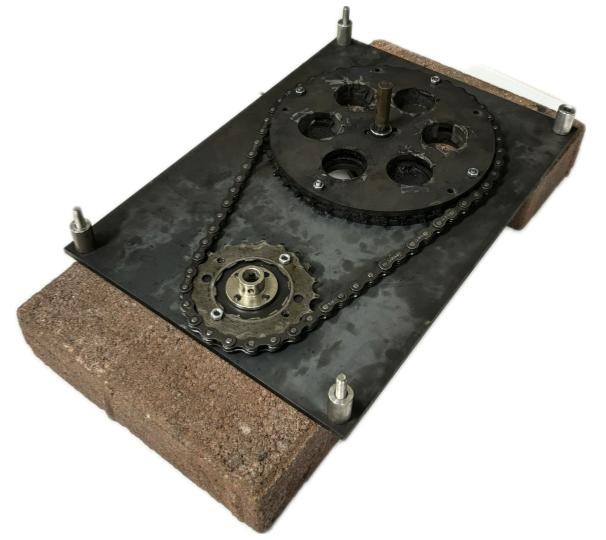



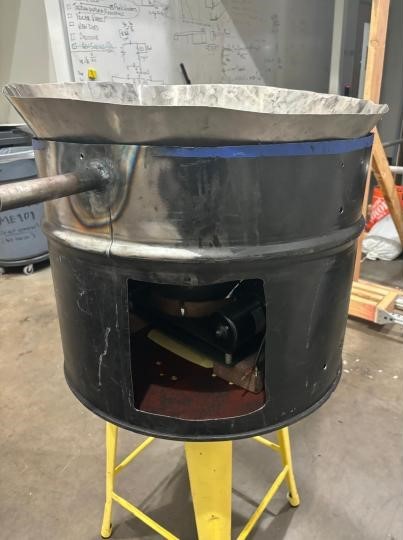
The automatic coal feeder project has been a part of the mechanical engineering capstone course for five years. Previous years’ teams have created a prototype; our team was tasked with improving the reliability of this device. Towards that end, I helped take apart the previous prototype, noting possible improvements. For example, I noticed the ball bearings were clogged with coal dust, so I proposed we replace them with oil-embedded bearings. The handover of information from the previous year’s team was insufficient, so I sought out previous team members to help us understand the system. We navigated constantly changing requirements, such as what feed rate of coal was needed, and the moisture level of the coal. We made a new prototype with increased reliability, and ran it through a series of tests to verify its reliability. While the device needs more work before it’s used, I’m excited to have been able to push this device closer to helping such a large-scale problem.
Gingerbread Cathedral
A delectable cathedral, raffled for a homeless shelter.
- Cause St. John's Homeless Shelter
- Amount Raised $3,800
- Skills Project planning; improvisation
- Date November-December 2021
Ever since I was little, I stared longingly at the plans for an oversized gingerbread cathedral at the back of a favorite cookbook. I told my mom, “One day I’ll make this!” to which my mom responded with dubious belief.
Fast forward 8 years: during my freshman year at Stanford, we had a 7-week-long winter break. I decided to create this gingerbread cathedral. However, I wanted it to have a larger benefit. So, I called up the homeless shelter down the street, and together we decided to raffle off the gingerbread cathedral as a fundraiser.
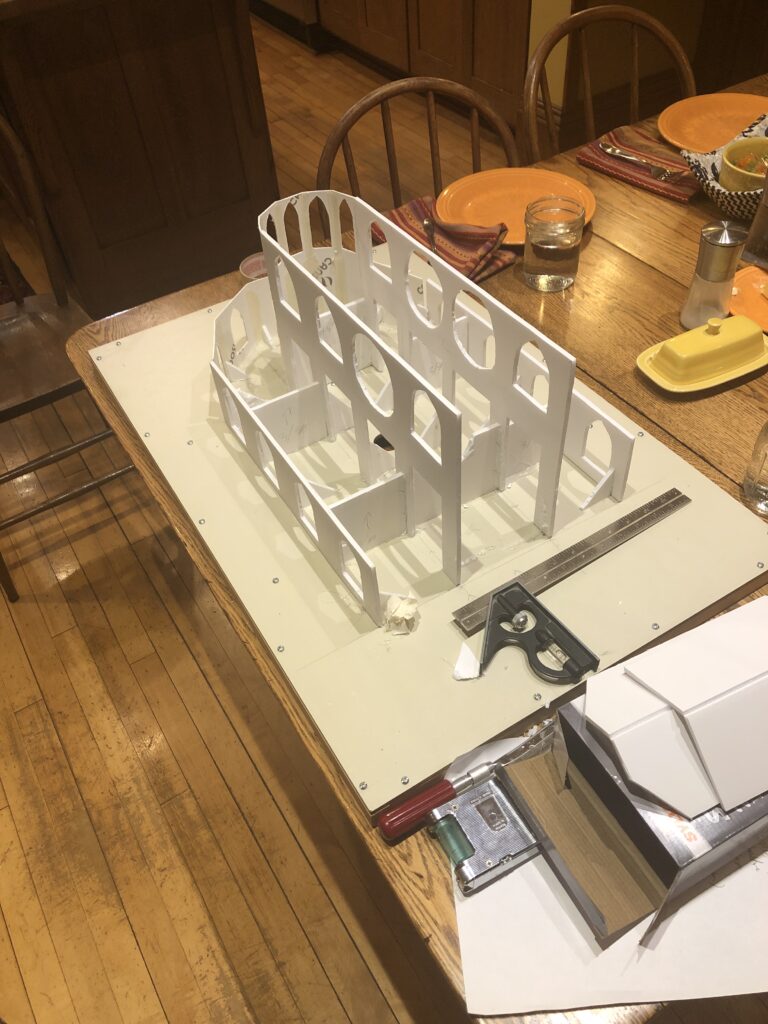
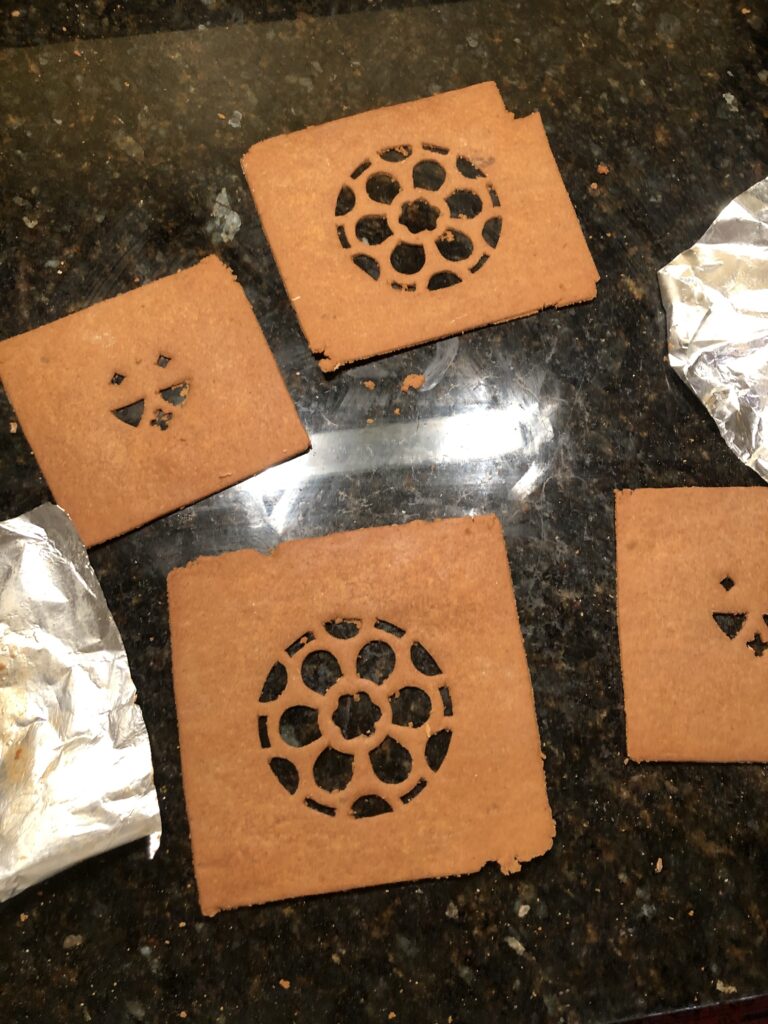
I then began work on the cathedral. The cookbook’s instructions were closer to loose guidelines, requiring me to think on my feet and navigate ambiguity. The raffle introduced a deadline. I spent many of my waking hours rolling, baking and cutting the 200+ pieces of gingerbread, often working late into the night as I learned to engineer with this material.
As the work wore on, the initial “shininess” of the project wore off. However, the larger good the project was doing helped motivate me through any hardship. The project was no longer about me fulfilling a childhood dream: it was about using my skills to help a cause I believed in.
In the end, I spent 100+ hours over 2.5 weeks of break on the gingerbread cathedral. All of the work was more than worth it. The cathedral raised over $3,800 for the homeless shelter. Local news coverage of the project can be found here.
Research
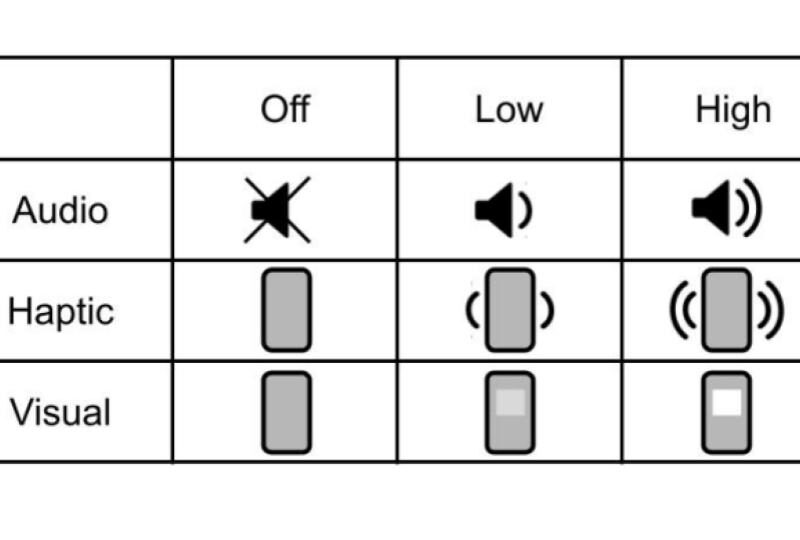
Reaction Time with Different Types of Stimuli
Inspired by previous work, I designed a study to measure the reaction time impact of mixing audio, visual, and haptic stimuli.
(Image: A table of the different combinations of stimuli tested. Combinations of types of stimuli and intensities would play together.)
In the results of the previous study, we noticed that the intensity of vibration received appeared to affect subjects’ reaction times. I was intrigued by this and wanted to conduct a study to determine if this was true, and also explore how adding other types (auditory and visual) of stimuli would affect reaction time. I took full ownership of designing this study. I personally conducted a literature review, finding that the proposed aim was indeed novel and of interest to the haptics community. I modified the app I had created for the previous study on distraction to now provide combinations of visual, auditory and haptic stimuli. We found that higher intensities of stimuli and additions of stimuli both decrease reaction times. Interestingly, subjects tended to prefer lower-intensity stimuli. This paper informs design of human-computer interactions, especially in systems that seek to reduce reaction times. I am also the co-first author on this paper, and it was presented at the 2023 World Haptics Conference.
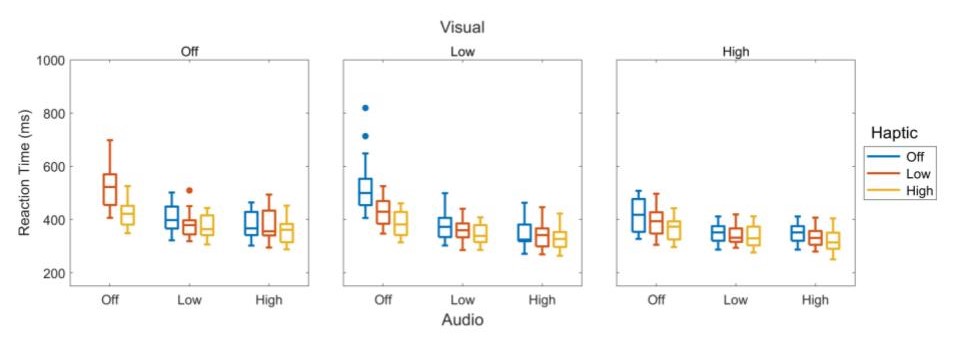
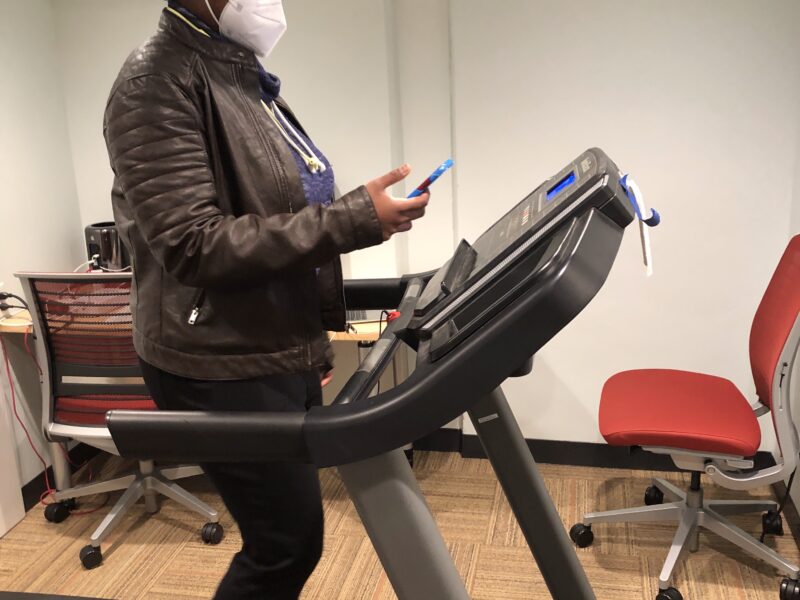
Distraction and Haptics
We demonstrate that a phone app can be effective in testing responses to haptic stimuli.
- Research Question How can haptics be used to communicate orientation to blind users?
- Date September 2022 - February(?) 2023
Haptics is the study of communicating information via the human sense of touch. Haptic stimuli are used in a variety of real-world scenarios, such as through collision-avoidance systems in cars, in robotic surgery, or through video game controllers. In all of these scenarios, the stimuli are provided while the user is distracted. By better understanding how people respond to haptic stimuli while distracted, lab-developed haptic devices can be better adapted for real-world applications. We used a smartphone as the platform for this study. We aimed to prove smartphones can be used as a reliable base for haptics studies. Using smartphones to run studies could open up haptic studies to a much larger, and more diverse population.
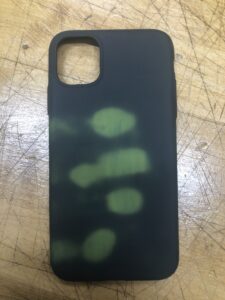
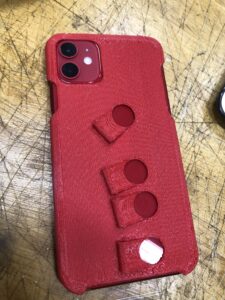
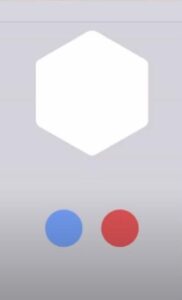
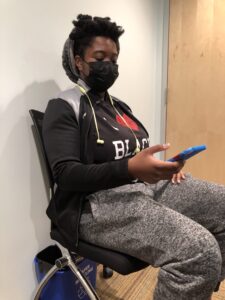
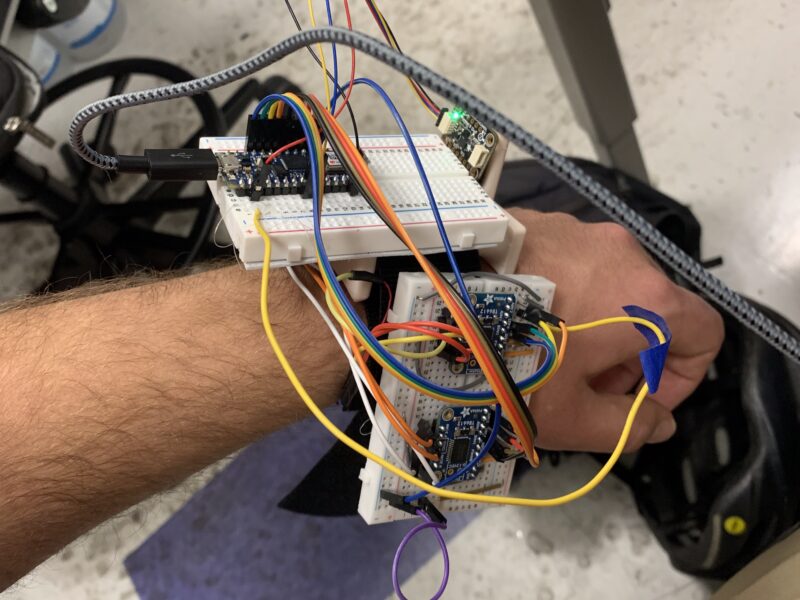
Wearable Compass for Blind Navigation
- Research Question How can haptics be used to communicate orientation to blind users?
Inspired by a lunchtime conversation with a friend who is blind, I designed and built a wearable “bracelet” that could tell a user where north is. Using this, a blind person could passively get orientation directions to navigate a new environment.
I tested this device with my blind friend. I led him around a patch of grass in the shade (a particularly hard environment to get orientation in) until he lost his sense of orientation. He then used my device to navigate back to where we started.
I’m currently working on miniaturizing my device and making it more ergonomic.
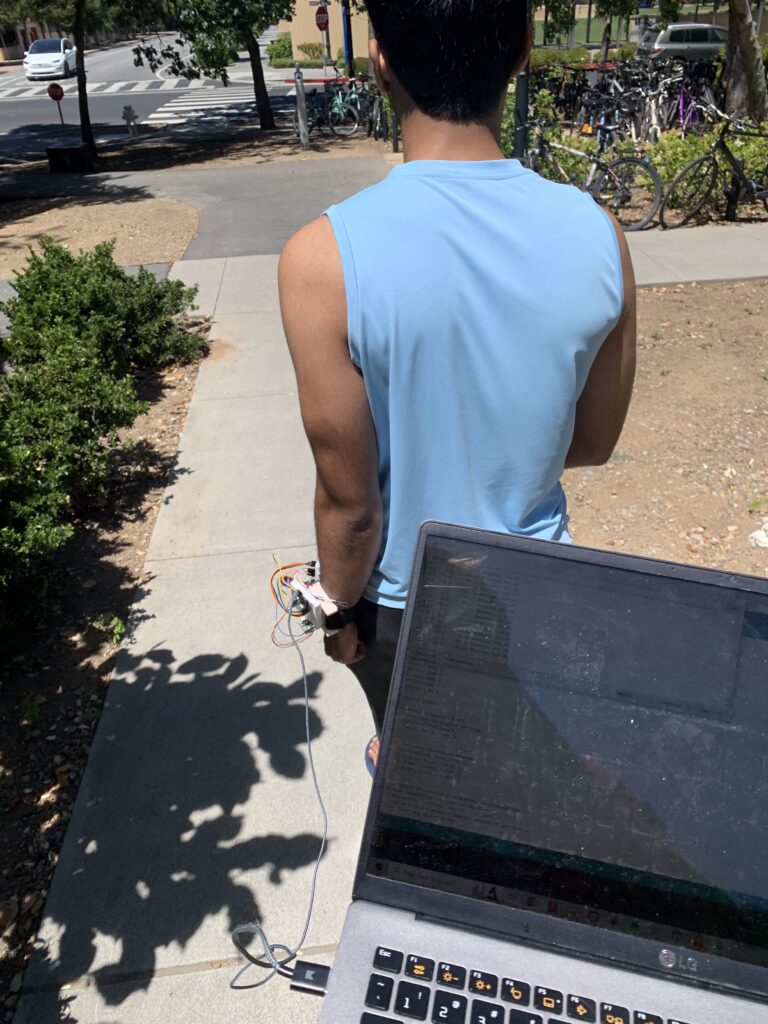
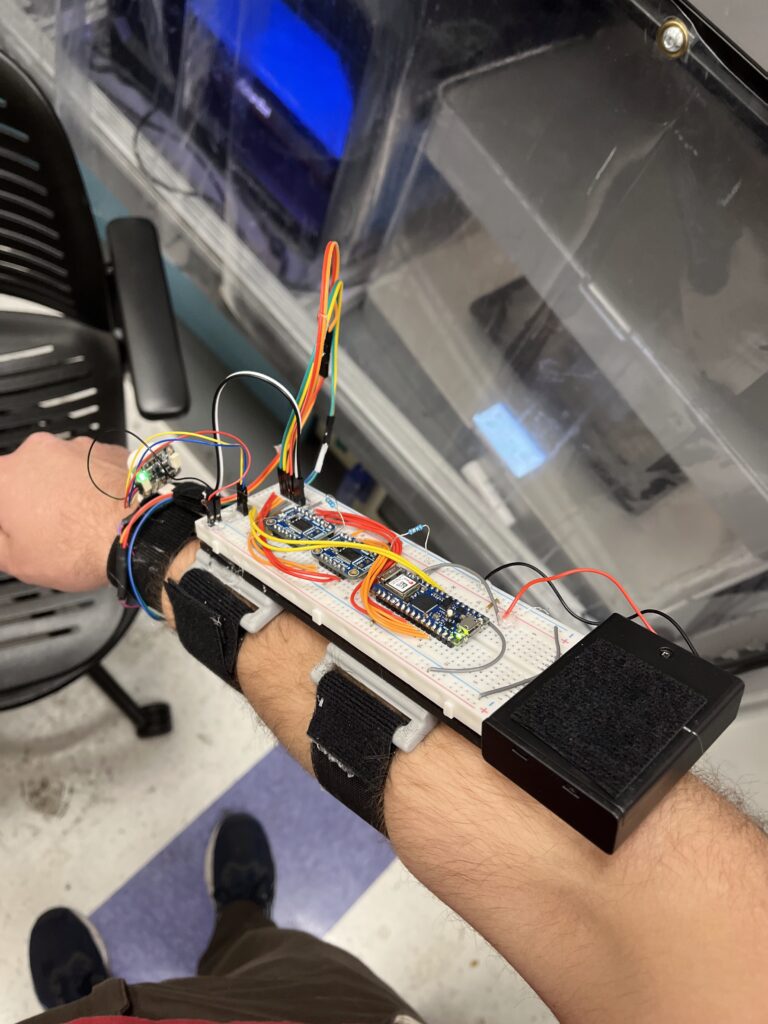
Teaching & Mentoring
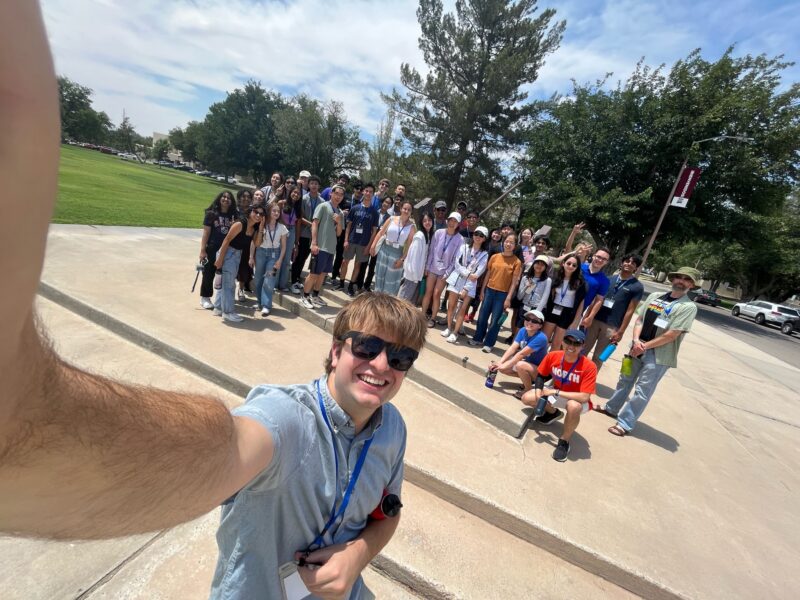
Summer Science Program in Astrophysics
During the summer of 2023, I served as a Teaching Assistant and Resident Mentor for the Summer Science Program (SSP) in Astrophysics. SSP is a six-week-long residential summer program for high schoolers. SSP is centered around giving high-achieving high schoolers first-time experience in conducting original research.
- Date June-August 2023
In the astrophysics program, students determine the orbit of a near-Earth asteroid using data they personally collect. To achieve that goal, students learn advanced math, programming, and astrophysics, attending six hours of lectures a day. I personally attended SSP in high school. SSP was my first time experiencing an academically intensive environment; it inspired me to apply to Stanford. Returning to staff the program that shaped my life trajectory was incredibly meaningful. Over the summer, I helped explain difficult astrophysics concepts to the students. I supported their learning, sitting with a student sometimes for an hour to guide them through a tricky physics problem. I counseled students through their first experience in such an academically challenging environment. I lived in the dorms, coordinating social events, encouraging work-life balance, and creating a positive dorm community. I also willingly mentored the students. I told them about my journey through engineering and of the importance of collaborating with others, among many other meaningful conversations over late-night asteroid observation sessions.

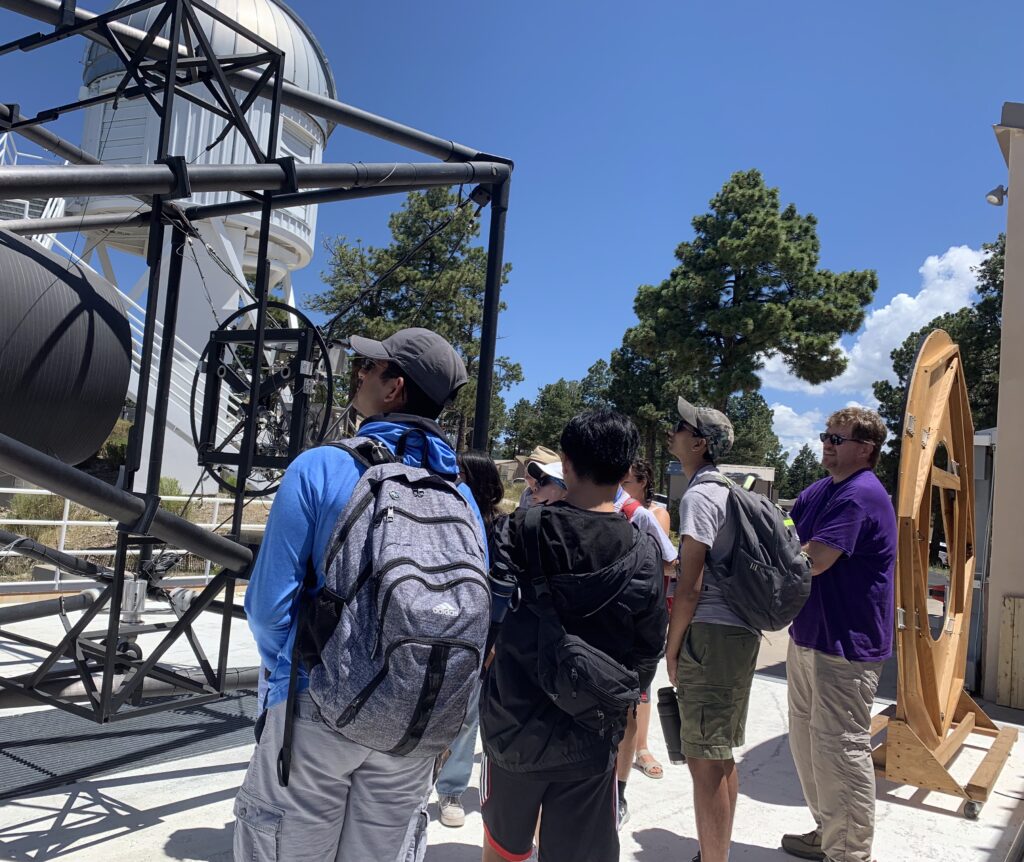
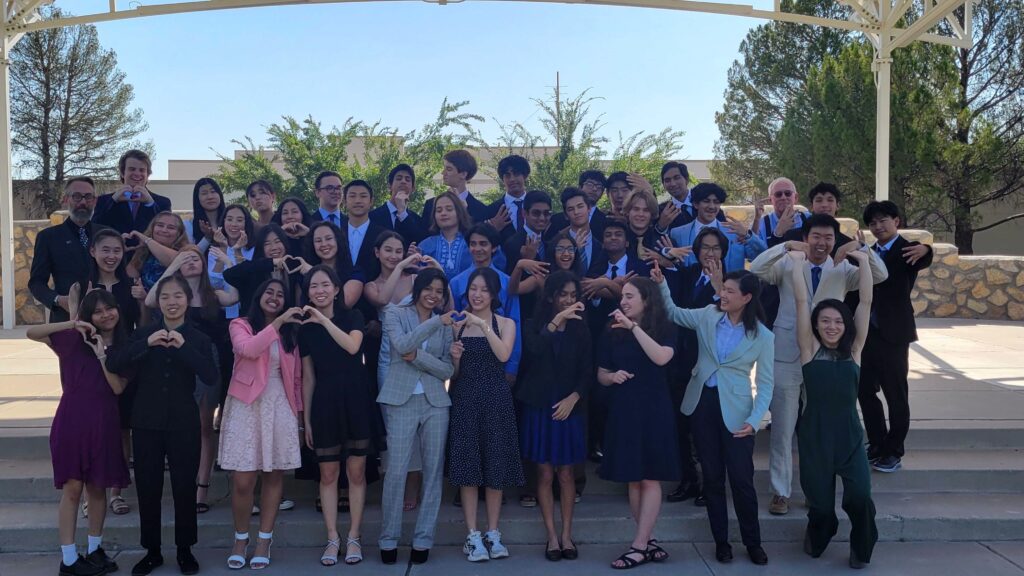
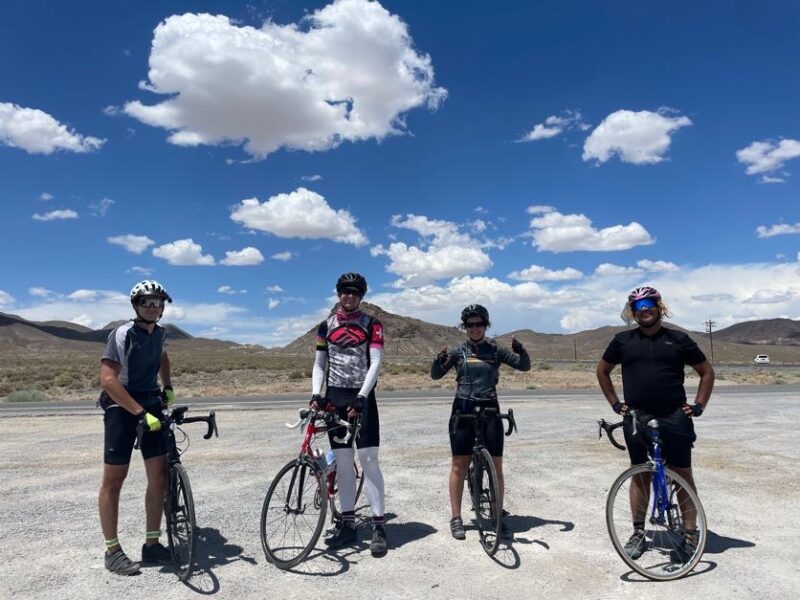
Stanford Spokes
Stanford Spokes is a yearly student-led initiative where a team of 6-7 Stanford students bike across the US, teaching STEAM workshops in small towns along the way. I was lucky to be a part of the 2022 Spokes team. We began in San Francisco, and ended in Washington, D.C. 70+ days later.
(Photo: In the desert of Nevada, along the “Loneliest Road in America”)
My lesson was centered on teaching scientific inquiry and prototyping through water rockets. I aimed to give my students a taste of the research mindset I have come to enjoy so much. I gave them a question they didn’t have an answer to: how can they improve the water rocket? They created a hypothesis, theorizing that some modification in design will create a change in rocket performance. Then, they experimented, launching the rocket to test their hypothesis. They observed the experiment, and decided what they would do with the results. I hope, by giving the students a taste of hands-on scientific inquiry, I inspired them to see how they are capable of pursuing exciting science. Biking across the country to teach these students showed them how much I valued getting to work with them. They’d ask, “You biked all the way across the country to teach us?” to which I resoundingly answered, “Yes!”
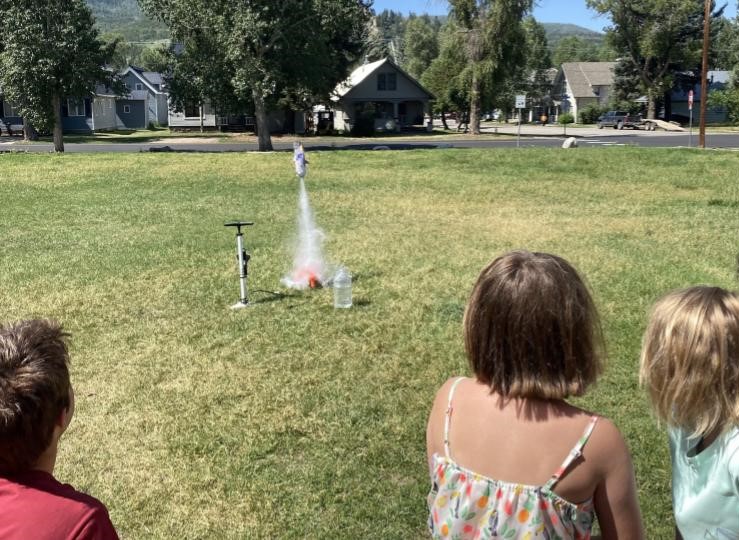
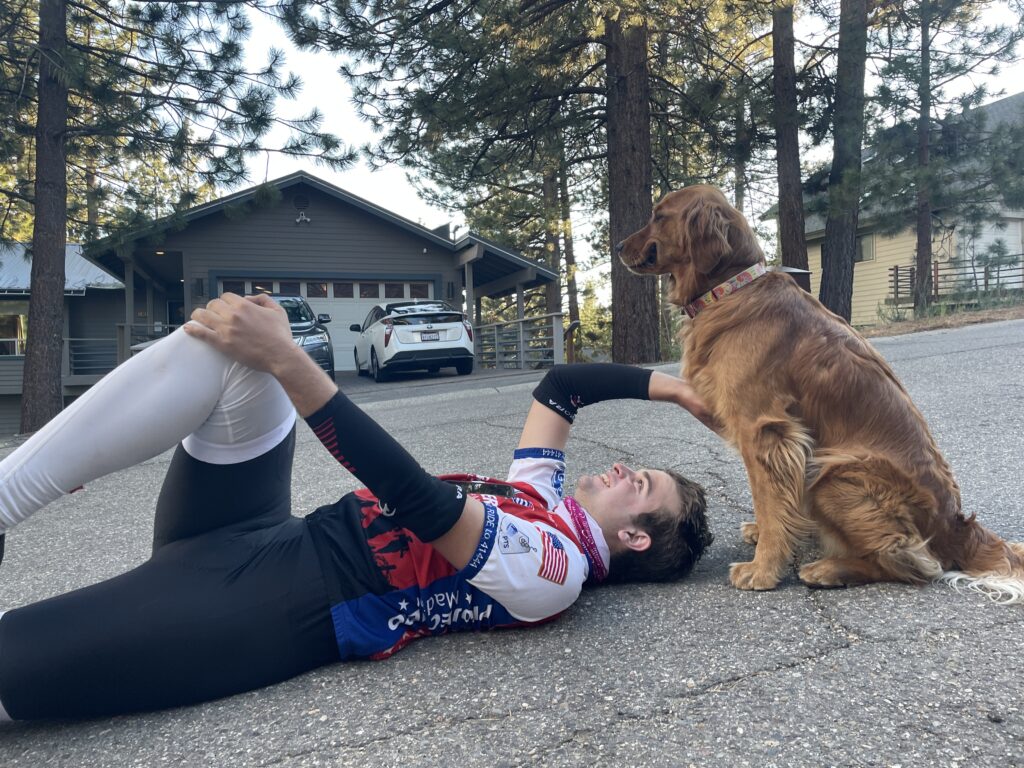
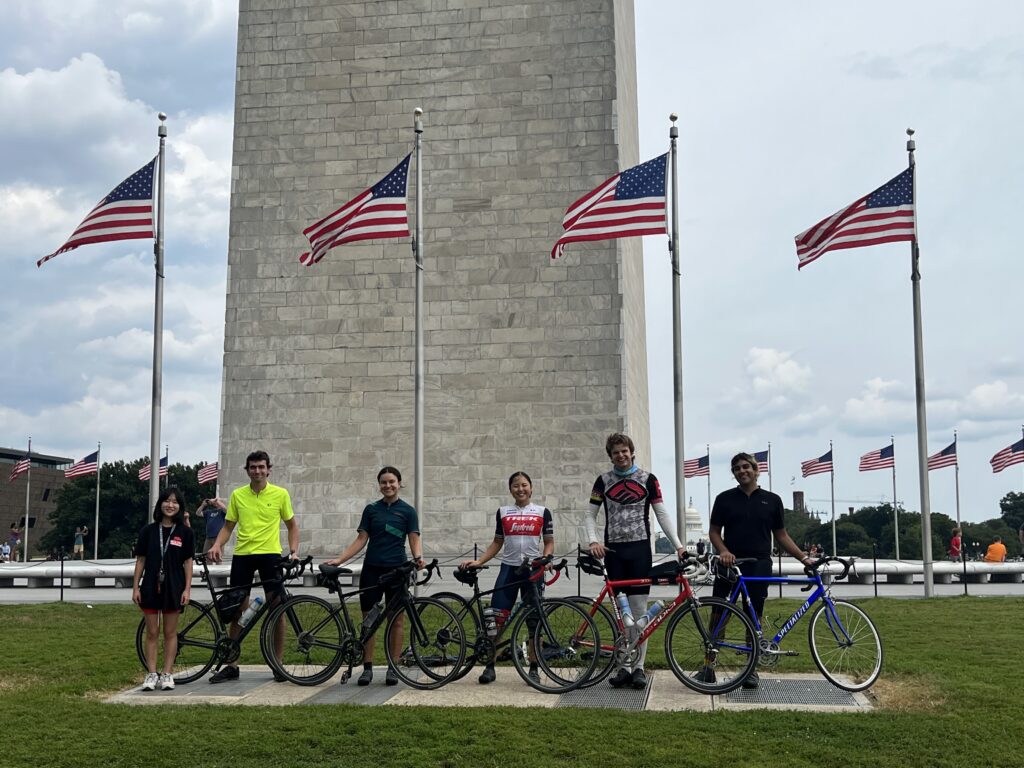
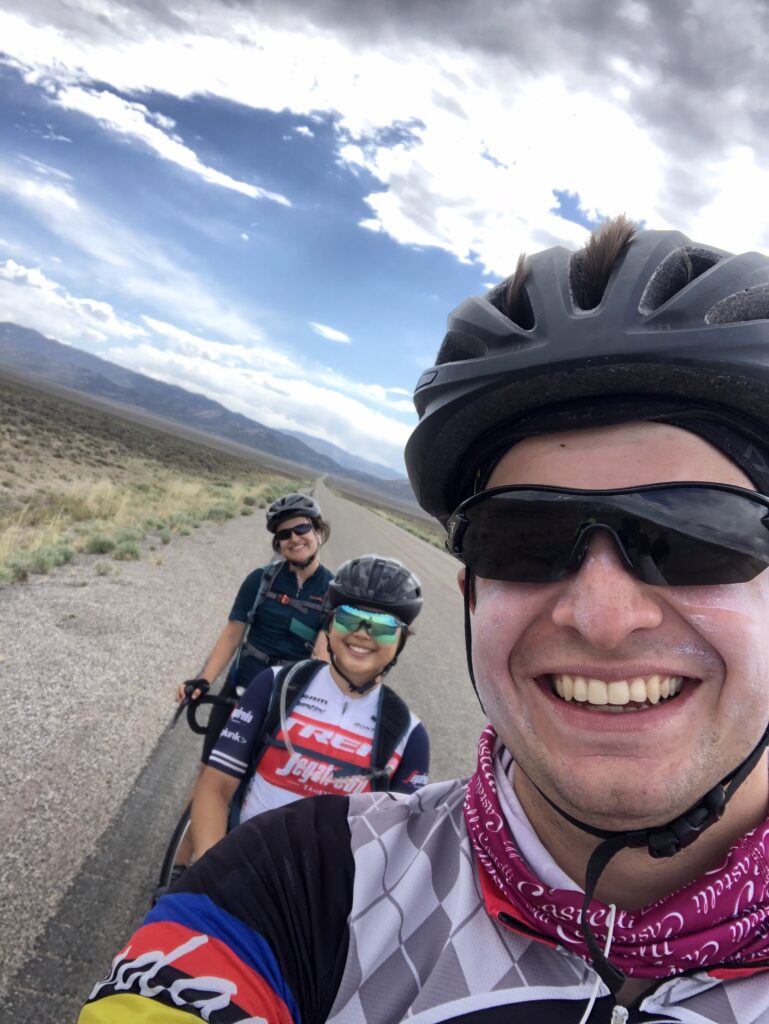
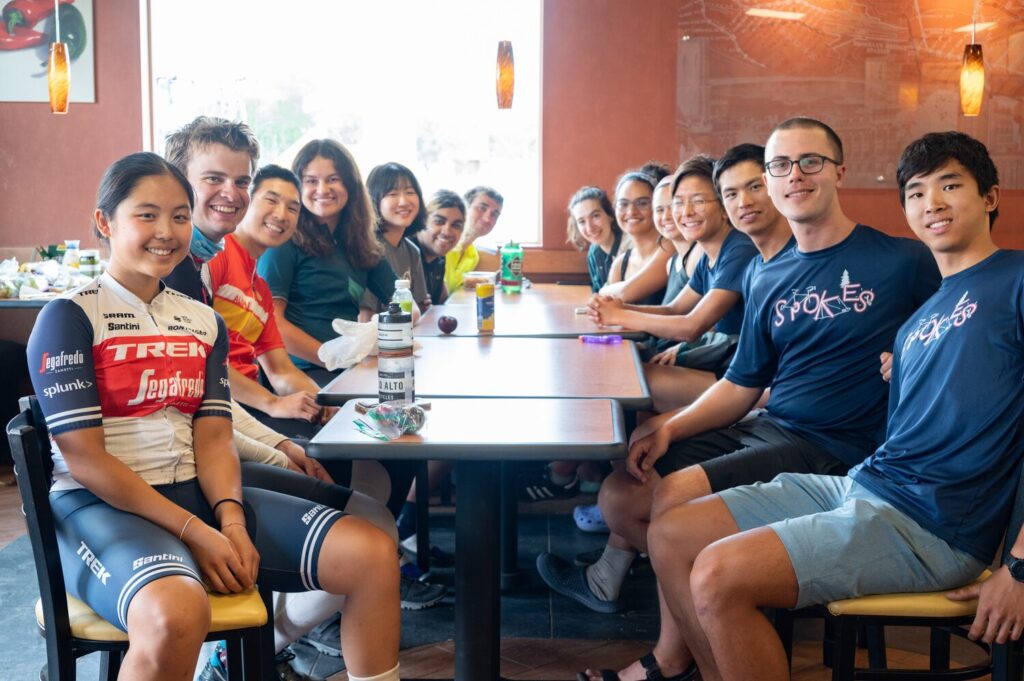
Experience
Course Assistant
Product Realization Lab (PRL) (August 2024 - Present)
- Mentored 100s of students in design and manufacturing projects as a CA, a competitively selected role
- Guided students in design for manufacturability (DFM) principles, ensuring projects align with industry standards
- Spearheaded process improvements to streamline shop operations, managing inventory and increasing efficiency.
Oceanit (June 2024 – August 2024)
Mechanical Engineering Intern
- Designed and specced an orbital transfer vehicle (OTV) with 100x longer mission lifespan than existing solutions.
- Presented OTV design to CEO. Only design from intern class to be formally proposed to the Space Force
- Streamlined mechanical analysis process for project aiming to reduce satellite debris-collision armor weight by 80%
- Conducted materials analysis to create novel coatings currently being tested by a national-level energy provider
Collaborative Haptics and Robotics in Medicine (CHARM) Lab
Research Assistant (June 2021 – Present)
- Developed a wearable haptic compass for blind navigation, combining human factors, programming, and hardware
- Co-first authored two peer-reviewed journal papers for IEEE and World Haptics Conference, currently cited 11 times.
- Presented at Stanford eWear Conference, effectively communicating my work to a diverse audience.
- Analyzed large datasets, communicated results in weekly research meetings, turning findings into actionable tasks.
Stanford Space Initiative
Payload Co-Lead (September 2020 – March 2023)
- Co-led payload design for a rocketry competition, communicating interface specifications with peer design teams
- Collaborated to design a water-propelled rocket, utilizing design and manufacturing to meet performance goals
- Creatively used on-hand materials to engineer and construct a high-pressure water-rocket launcher test pad
Pave.dev
Technology Intern (March 2021 – June 2021)
- Interviewed candidates and hired a programming contractor, collaborating with them to build example use cases
- Clearly communicated through technical blog posts and design requirements
- Quickly learned skills, such as RegEx or using APIs, flourishing in a fast-paced environment
Stanford Spokes
Cross-Country Cyclist and Teacher (June 2022 – August 2022)
- Taught diverse audiences across the US through STEM workshops, translating rocket science into accessible lessons
- Biked 3,000+ miles from San Francisco to Washington, D.C. as part of a group of 7 Stanford students
- Managed a $20,000 budget, planned daily biking routes, and ensured team cohesion throughout the 75-day trip
National Security Language Initiative for Youth (NSLI-Y)
Exchange Student (Aug 2019 – Mar 2020)
- Attended a Chinese high school boarding school through NSLI-Y: a sought-after State Department scholarship
- Communicated across language and cultural differences, promoting cross-cultural understanding
- Applied critical thinking and adaptability in learning Mandarin and integrating into a new academic setting
- Performed as the first foreigner in Beijing No. 80 High School's esteemed folk music ensemble
